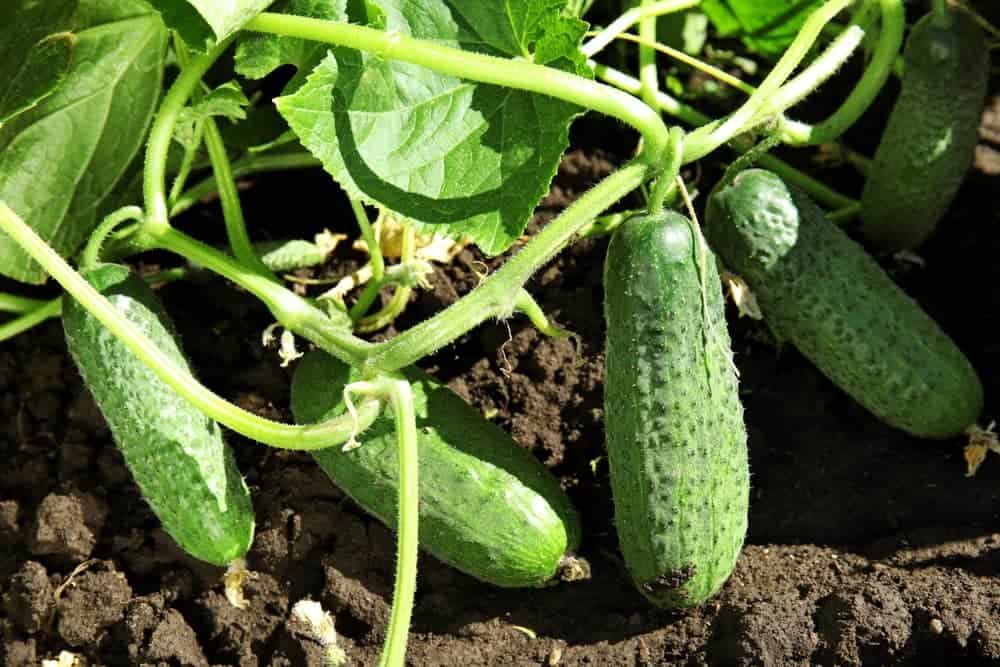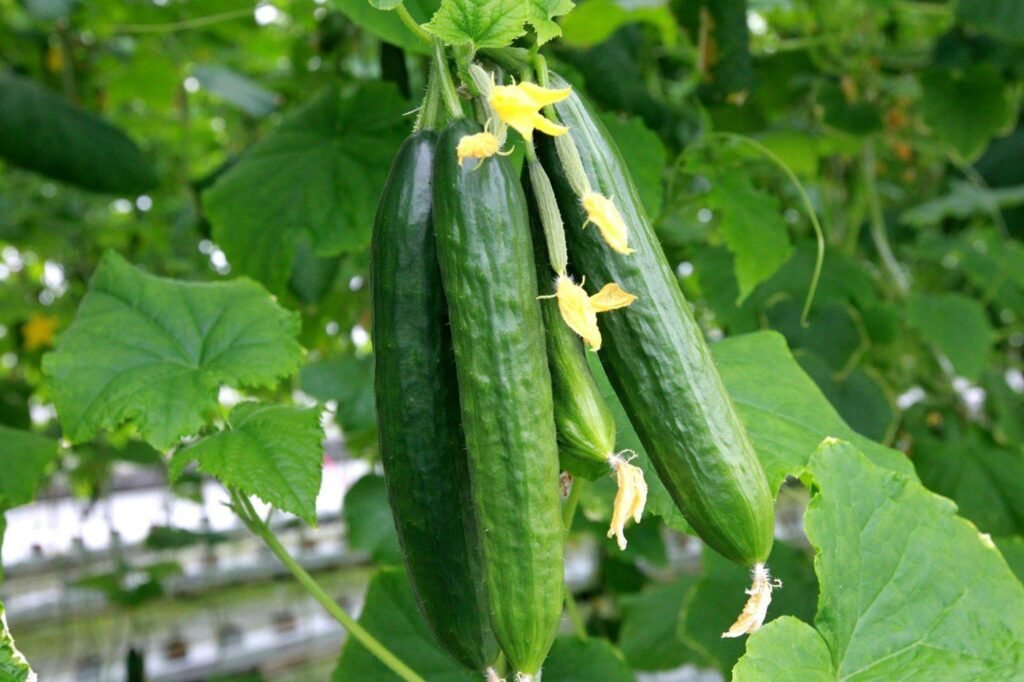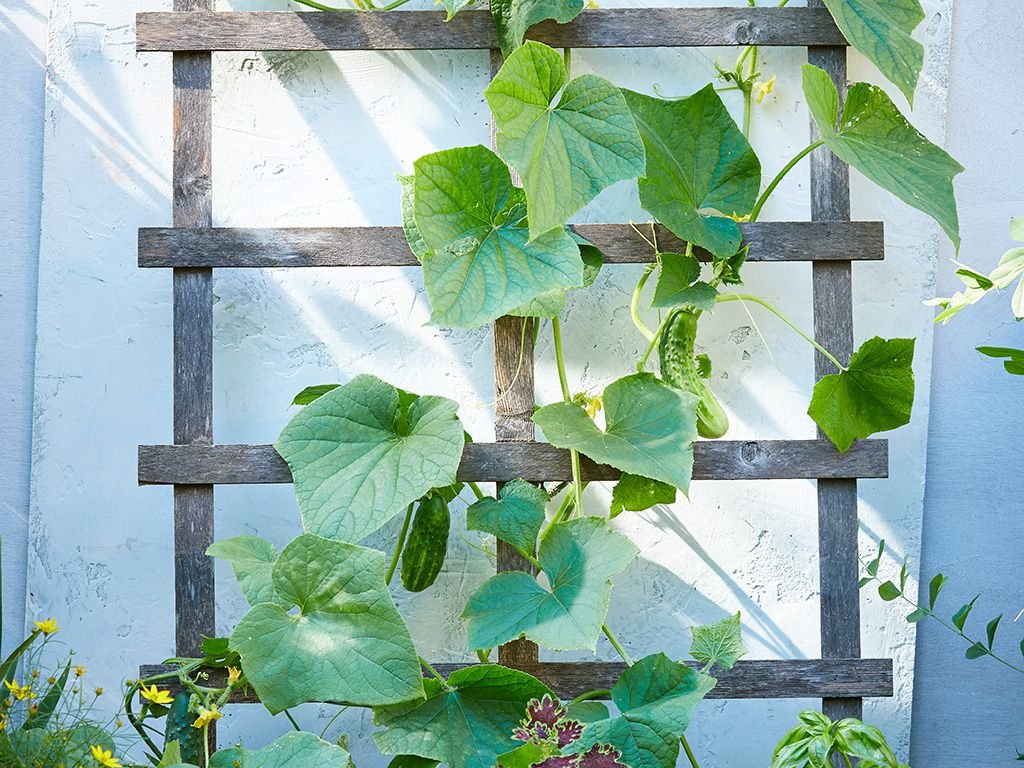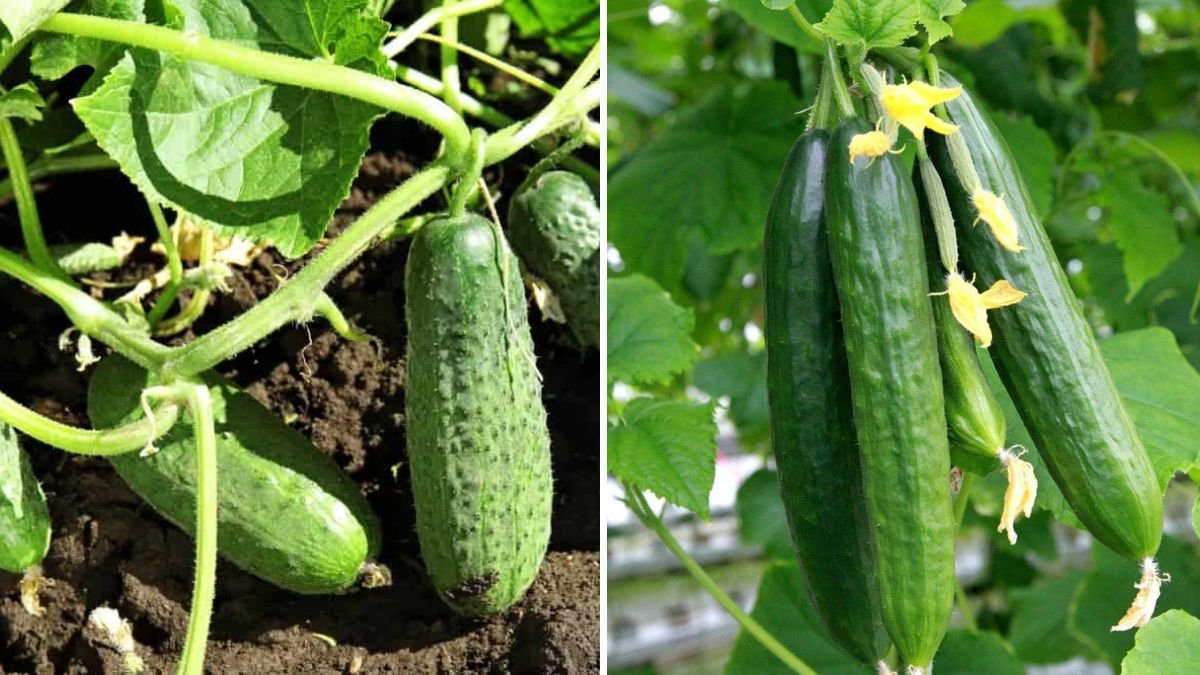Cucumbers are one of the most popular and versatile vegetables grown in home gardens. Their crisp, refreshing flavor makes them a staple for salads, pickles, and snacks. While cucumbers are often associated with sprawling vines in large garden beds, it is entirely possible to grow them vertically in small pots, making them ideal for balconies, patios, and limited-space gardens. Vertical cucumber cultivation saves space, promotes healthy growth, and produces abundant harvests even in small areas. This article provides a detailed guide on how to grow cucumbers vertically in small pots, covering everything from pot selection to training, watering, soil, and pest management.
1. Choosing the Right Cucumber Variety

Not all cucumber varieties are suitable for vertical growth in small pots. For compact container gardening, choose bush or vining varieties suited for trellising:
- Bush Varieties: Compact plants that grow upright naturally, ideal for small pots. Examples include ‘Bush Champion’ and ‘Patio Snacker’.
- Vining Varieties: Require trellising to grow vertically. Examples include ‘Spacemaster,’ ‘Marketmore 76,’ and ‘Hmong Red’.
- Pickling Varieties: Smaller fruits are easier to manage in pots. Examples include ‘Bush Pickle’ or ‘National Pickling’.
Selecting the right variety ensures that cucumbers thrive in small spaces and are easier to manage vertically.
2. Selecting the Perfect Pot

Container size is critical for successful vertical cucumber growth:
- Minimum Size: Use pots at least 12–16 inches in diameter and 12 inches deep. Small pots can restrict root growth, reducing yield.
- Material: Plastic, terracotta, or ceramic pots work well. Plastic retains moisture better, while terracotta provides better aeration but dries faster.
- Drainage: Ensure pots have adequate drainage holes to prevent waterlogging and root rot.
A well-chosen container provides enough space for root development, which is crucial for healthy vertical growth.
3. Choosing a Suitable Trellis

Vertical growth requires support. Trellising not only saves space but also improves air circulation and fruit quality:
- Types of Trellises:
- A-Frame Trellis: Simple wooden or metal frame for climbing vines.
- Cage Trellis: Cylindrical wire cages work well for bush or small vining cucumbers.
- Wall-Mounted Trellis: Ideal for patios with vertical walls or fences.
- Material: Use sturdy bamboo, metal rods, or strong nylon mesh to support heavy fruit.
- Height: A trellis of 4–6 feet is generally sufficient.
Proper trellising prevents cucumbers from sprawling on the ground, reduces disease risk, and simplifies harvesting.
4. Preparing the Soil
Healthy cucumbers need nutrient-rich, well-draining soil:
- Potting Mix: Use a mix of high-quality potting soil, compost, and perlite or vermiculite.
- pH Level: Ideal soil pH is 6.0–6.8, slightly acidic to neutral.
- Fertility: Cucumbers are heavy feeders; enrich soil with compost, well-rotted manure, or organic fertilizers.
- Moisture Retention: Add coconut coir or peat moss to help retain moisture while maintaining drainage.
Healthy soil supports strong root systems and vigorous vertical growth.
5. Planting Cucumbers in Small Pots
- Seed Starting: Start seeds 1 inch deep in small nursery pots or directly in your container.
- Spacing: Only one plant per pot is recommended for small containers to prevent overcrowding.
- Germination: Keep the soil warm (70–85°F) and consistently moist until seeds sprout, usually within 7–10 days.
- Transplanting: Once seedlings develop 2–3 true leaves, transplant them into the final pot with fresh potting mix.
Correct planting ensures cucumbers develop healthy roots and stems capable of vertical growth.
6. Watering and Moisture Management
Cucumbers need consistent moisture, especially when grown in small pots:
- Frequency: Water daily during hot weather; adjust based on soil moisture.
- Technique: Water at the base to avoid wetting leaves, which can encourage fungal diseases.
- Self-Watering Options: Consider using self-watering containers or water spikes to maintain consistent moisture.
Proper watering prevents flower drop, bitter fruits, and stunted growth, ensuring a healthy vertical crop.
7. Fertilizing for Maximum Yield
Container-grown cucumbers require regular feeding:
- Balanced Fertilizers: Use 10-10-10 NPK fertilizers initially for vegetative growth.
- High Potassium: During flowering and fruiting, switch to fertilizers higher in potassium to promote blooms and fruit development.
- Organic Options: Liquid seaweed, compost tea, or fish emulsion support healthy growth.
- Frequency: Feed every 2–3 weeks, adjusting based on plant health and growth rate.
Fertilizing correctly ensures cucumbers produce abundant flowers and healthy fruits in confined pots.
8. Pruning and Training for Vertical Growth
Pruning and training are essential for efficient vertical cucumber cultivation:
- Training Vines: Gently tie vines to the trellis using soft plant ties or garden twine, encouraging upward growth.
- Pruning Tips: Remove lateral shoots at the base to concentrate energy on vertical growth.
- Leaf Management: Trim excess foliage if it blocks light or airflow.
- Flower Management: Remove early flowers on young plants to strengthen the vine before fruiting.
Vertical training ensures better air circulation, disease prevention, and easy harvesting.
9. Pollination
Cucumber flowers need pollination for fruit set:
- Natural Pollination: Bees and other pollinators are ideal for outdoor patios.
- Manual Pollination: In small container gardens or enclosed spaces, use a small paintbrush or cotton swab to transfer pollen from male to female flowers.
- Identification: Male flowers appear first with thin stems, while female flowers have a tiny swelling at the base (future cucumber).
Proper pollination ensures consistent fruit production.
10. Pest and Disease Management
Container-grown cucumbers are susceptible to pests and diseases but can be managed easily:
- Common Pests: Aphids, spider mites, whiteflies, and cucumber beetles.
- Prevention: Regularly inspect leaves and stems; remove affected parts.
- Organic Solutions: Use neem oil, insecticidal soap, or companion planting with marigolds and nasturtiums.
- Common Diseases: Powdery mildew and downy mildew. Ensure good airflow, proper spacing, and avoid overhead watering.
Early intervention prevents yield loss and keeps plants healthy.
11. Harvesting Cucumbers
- Timing: Harvest cucumbers when they are young and tender (6–8 inches for slicing varieties, 3–4 inches for pickling).
- Frequency: Check plants every 1–2 days; frequent harvesting encourages continuous production.
- Technique: Use sharp scissors or pruning shears to cut fruits without damaging vines.
Timely harvesting ensures higher yield, better flavor, and reduced pest attraction.
12. Benefits of Vertical Cucumber Cultivation in Small Pots
- Space Efficiency: Perfect for balconies, patios, or small urban gardens.
- Improved Air Circulation: Reduces disease risk compared to sprawling ground growth.
- Ease of Harvesting: Fruits are easier to see and pick.
- Aesthetic Appeal: Vertical vines create a green wall effect, enhancing the outdoor space.
- Maximized Yield: Concentrates energy into fewer, healthier fruits with less space.
Vertical cultivation transforms limited spaces into productive and visually appealing gardens.
Conclusion
Growing cucumbers vertically in small pots is an excellent solution for gardeners with limited space or urban patios. By choosing the right variety, pot, and trellis, providing nutrient-rich soil, and carefully managing water, fertilizer, and pest control, even a small patio can produce abundant, healthy cucumbers.
Key Takeaways:
- Select bush or vining cucumber varieties suitable for pots and vertical growth.
- Use adequate-sized pots with good drainage for root development.
- Provide sturdy trellising for vertical support.
- Maintain nutrient-rich, well-draining soil with consistent watering.
- Train and prune vines to encourage upward growth and maximize yield.
- Ensure proper pollination for fruit set.
- Monitor for pests and diseases to protect the crop.
- Harvest cucumbers regularly for continuous production.
With the right care and setup, vertical cucumber gardening in small pots can be a rewarding, space-saving, and productive solution, bringing fresh, homegrown cucumbers to your table year after year.
